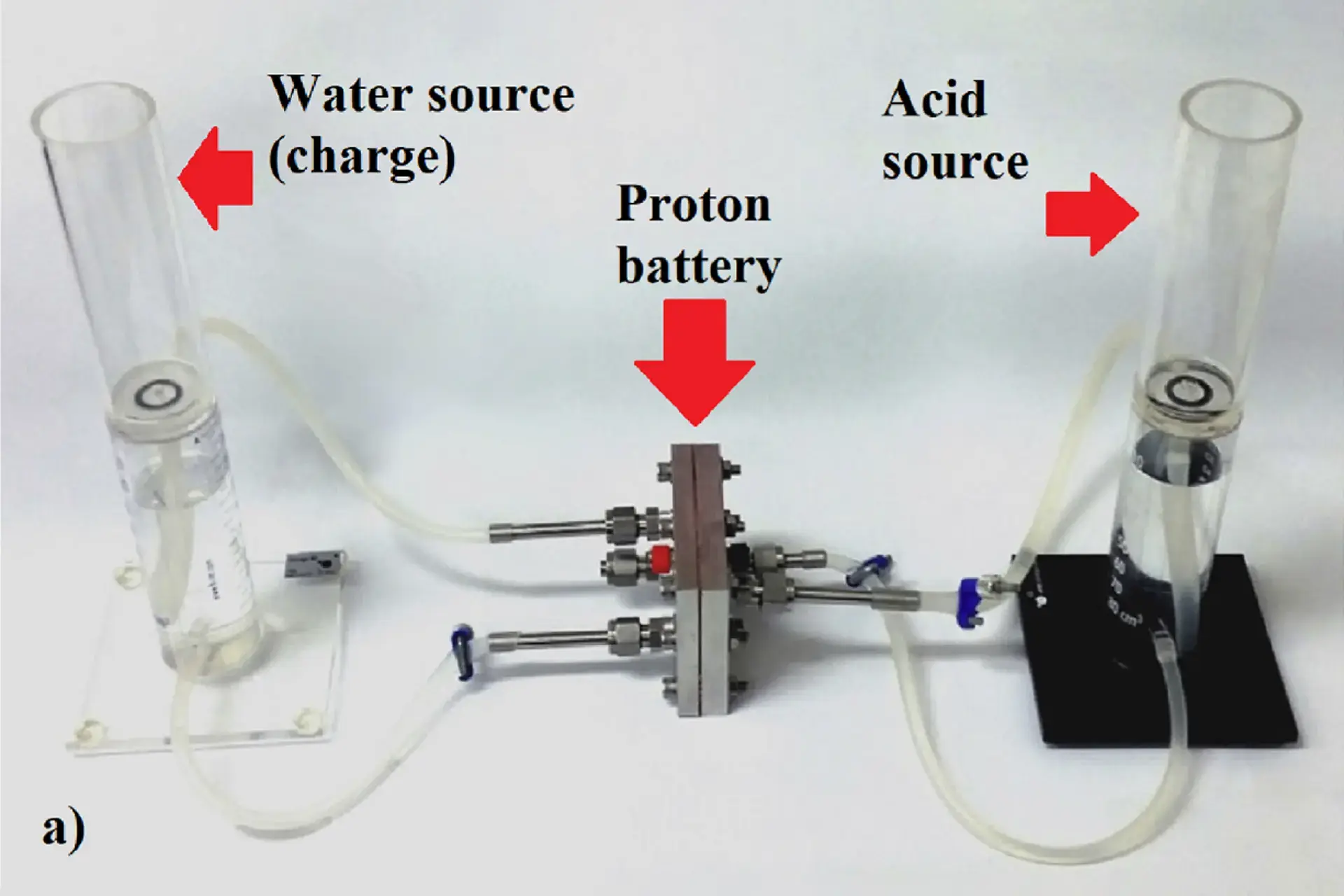this post was submitted on 30 Jul 2023
73 points (95.1% liked)
Solarpunk
5327 readers
29 users here now
The space to discuss Solarpunk itself and Solarpunk related stuff that doesn't fit elsewhere.
Join our chat: Movim or XMPP client.
founded 2 years ago
MODERATORS
you are viewing a single comment's thread
view the rest of the comments
view the rest of the comments

I'll take it with a grain of salt: